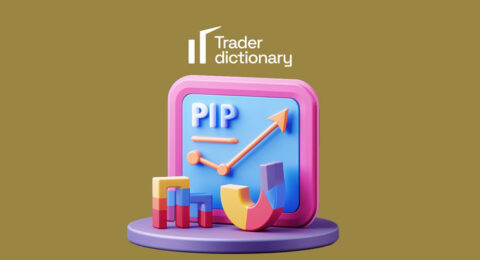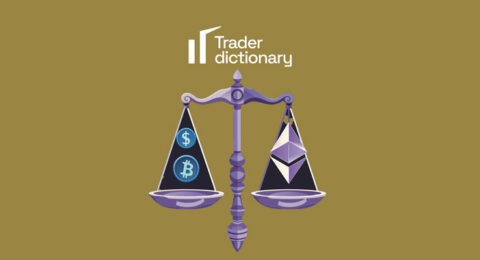In the world of forex trading, seizing opportunities for profit while facing significant risks is no easy task. To succeed, every investor needs to stay alert to their positions. Ultimately, success or failure in trading is determined by profits and losses (P/L) – two of the most critical factors. The article “What is P/L? And How is it Calculated in Forex Trading?” will provide you with a deep insight into how P/L is calculated, an essential skill for any trader. Specifically, understanding P/L not only helps you assess the effectiveness of your trades but also directly affects the margin balance in your account. If prices move unfavorably, your margin balance will decrease, and your ability to continue trading will be limited. Let’s learn to manage finances smartly, ensuring your capital is always preserved and grown.
Realized and Unrealized Profits and Losses
In forex trading, the concept of realized and unrealized profits and losses plays a critical role in risk management and understanding your financial situation. Both types of P&L affect the margin balance in your trading account, but they differ in that one is the result of closed positions, while the other reflects the current market value of open positions.
Realized profit and loss result from closing a trading position. This means that when you decide to close a trade, any profit or loss from that trade will be “realized” and reflected in your account balance. If the trade yields a profit, your margin balance will increase; conversely, if the trade results in a loss, your margin balance will decrease accordingly.
Unrealized profit and loss relate to the current value of open positions in the market. This value is calculated based on the current market price and represents the profit or loss you would incur if you closed the position at that moment. Since prices in the Forex market are constantly fluctuating, unrealized profit and loss will also continuously change, directly affecting your margin balance with every price movement.
Understanding these two types of P&L helps traders gain a comprehensive and accurate view of their trading effectiveness and current financial situation, thereby making more informed and risk-controlled trading decisions.
Calculating Profit and Loss
Calculating profit and loss in Forex trading is a relatively straightforward process. To determine the P&L of a position, you need to know the size of the position and the number of pips the price has moved. The actual profit or loss will be equal to the position size multiplied by the pip movement.
Consider an example:
Suppose you have a 100,000 GBP/USD position trading at 1.3147. If the price moves from GBP/USD 1.3147 to 1.3162, that’s an increase of 15 pips. For a 100,000 GBP/USD position, a 15 pip movement equals $150 (100,000 x .0015).
To determine whether it’s a profit or loss, we need to know whether each trade is a buy (long) or sell (short) position.
Buy position: In the case of a buy position, if the price goes up, it’s a profit, and if the price goes down, it’s a loss. In the previous example, if the position is buying GBP/USD, then it would be a profit of $150. Conversely, if the price had dropped from GBP/USD 1.3147 to 1.3127, that would be a loss of $200 (100,000 x -0.0020).
Sell position: In the case of a sell position, if the price goes up, it’s a loss, and if the price goes down, it’s a profit. In the same example, if we have a sell position in GBP/USD and the price increases by 15 pips, that would be a loss of $150. If the price decreases by 20 pips, that would be a profit of $200.
The following table summarizes how to calculate P&L:
|
100,000 GBP/USD |
Buy position |
Sell position |
|
Price increase by 15 pips |
Profit $150 |
Loss $150 |
|
Price decrease 20 pips |
Loss $200 |
Profit $200 |
Another factor of P&L is the currency unit in which it’s calculated. In our example, P&L is calculated in dollars. However, this is not always the case.
In our example, GBP/USD is quoted in terms of USD for every GBP. GBP is the base currency, and USD is the quote currency. At a GBP/USD rate of 1.3147, it costs USD 1.3147 to buy one GBP. Therefore, if the price fluctuates, it will be a change in the dollar value. For a standard lot, each pip will be worth $10, and profit and loss will be calculated in USD. As a general rule, P&L will be calculated in the quote currency, so if it’s not USD, you’ll need to convert it to USD to calculate the margin.
Conclusion
Although you don’t have to perform complex calculations yourself thanks to the support of automated brokerage accounts, understanding them is still extremely important. It helps me clearly see how much I’m betting on each trade and how to manage risk most effectively.
Knowing how to calculate P/L and margin requirements before actually entering the fray shows proactivity in building your trading strategy. From there, I can accurately assess the level of risk and adjust my trading plan to match my risk tolerance. These are not only valuable lessons in Forex trading but also lessons in smart personal financial management.









